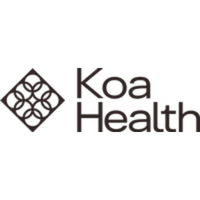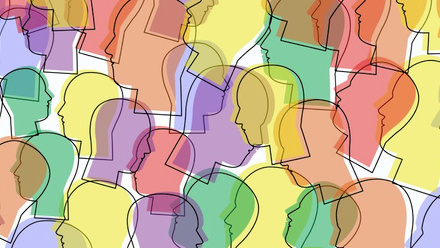How to collect, analyse and use data to inform a global rewards and benefits strategy

By looking more closely at how your employees interact with existing rewards and benefits, you can start to gain valuable insights that could shape your future strategy. After all, if you’re offering benefits to employees but aren’t analysing their uptake and usage, how can you be sure of their short and long-term value to not only individual employees, but your organisation as a whole?
Why data collection (and analysis) presents a challenge for organisations
One of the reasons why some companies have yet to fully embrace the possibilities of data surrounds the challenges involved with data collection. There’s no getting away from it: acquiring valuable data about staff, and knowing how to ethically and effectively make use of it, isn’t easy. Here are some of the main obstacles you’re likely to face.
The time taken
If you’ve decided to offer, for example, digital mental health support to your employees, then it’s just as important to measure how many are actually taking up the offer and how they’re using this support. Investing in rewards and benefits is like investing in any other area of your business, to measure utility and success, you have to gather pertinent data. But going out and collecting this data manually can be time-consuming and inaccurate if it’s not done through digital means, which is an issue for companies of all sizes, but particularly organisations with a global team.
The cost
One legitimate worry that businesses often have is the cost of data. And that doesn’t just apply to the cost of gathering the data – it can also be expensive to analyse and use the data in a way which benefits the organisation. Depending on the tools an organisation has in place to track and measure their benefits and resources, getting a good read on what’s working, and what’s not may even mean hiring data professionals or securing an external audit, both of which come at substantial cost.
Data security
It’s one thing to have the tools to collect data for your business, but quite another to ensure you’re doing it ethically, privately and anonymously. Data security concerns are now at the forefront of people’s minds, meaning, now more than ever, you have a responsibility as a company to collect your data in an ethical way and only for ethical uses. Employees need to know that when they’re sharing information with their employer that their anonymity will be maintained and their private data will be protected, otherwise they won’t feel safe using the benefits and resources that the company provides.
How digital solutions can inform your global rewards and benefits strategy
Fortunately, it is possible for your organisation to collect quality data in an ethical way and use it effectively. For most companies, the most comfortable, and cost-effective answer is digital. When it comes to employee rewards and benefits, offering digital-first solutions comes with lots of advantages. Chief among them is the ease with which you can compile and analyse anonymised (but still significant data) across geographically dispersed segments of your organisation.
Well-designed digital-first solutions collect and store data securely, while allowing companies to easily access practical insights from aggregate data on a dashboard. This enables organisations to understand not only if employees are using a service, but get a wider picture of how they’re using it. Companies can then use this data to figure out what’s working, what’s not, and how to improve their offerings.
It’s with accurate, regularly updated data (however it’s collected) that you can start to fully understand how your employees are taking advantage of the employee rewards and benefits available at your workplace. Once you have, you’ll be better placed to shape your future rewards and benefits strategy to truly support existing and future employees. And an improved rewards and benefits offering ultimately makes your organisation more capable of attracting and retaining high-quality staff.
The author is Stephen Dunne, chief product officer at Koa Health.
This article is provided by Koa Health.
Supplied by REBA Associate Member, Koa Health
At Koa Health, we believe digital mental health solutions are the answer to mental health issues.







